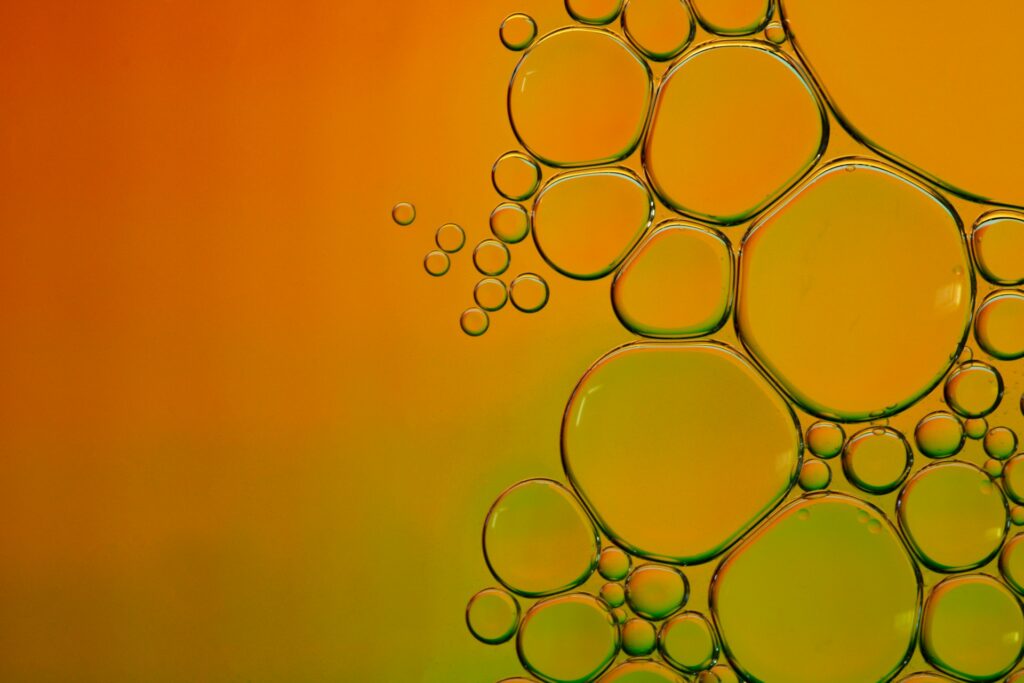Robert Gilliard, the Novartis Professor of Chemistry at MIT, together with research scientist Chun Lin Deng and colleagues, has reported a new class of fluorescent molecules that may change how imaging and sensing technologies operate. Their work, demonstrates that borenium ions, once considered too unstable to use, can be engineered into red and near infrared dyes with unusual brightness and stability.
Deng, C.-L., Tra, B. Y. E., Zhang, X., Zhang, C., & Gilliard, R. J. (2025). Unlocking red-to-near-infrared luminescence via ion-pair assembly in carbodicarbene borenium ions. Nature Chemistry. https://doi.org/10.1038/s41557-025-01941-6
Borenium ions are positively charged boron species that in principle could emit light in the long wavelength region. The problem has always been instability. For decades these ions broke down quickly when exposed to air and were relegated to glovebox experiments. By attaching carbodicarbene ligands to the boron center, the MIT team stabilized the molecules and produced assemblies that emit light at wavelengths around 730 nanometers. This moves fluorescence deeper into the near infrared range where tissue scattering and background autofluorescence are lower.
Robert Gilliard, the Novartis Professor of Chemistry at MIT stated,
“Not only are we in the correct region, but the efficiency of the molecules is also very suitable. We’re up to percentages in the thirties for the quantum yields in the red region, which is considered to be high for that region of the electromagnetic spectrum.”
The group also showed that the quantum yield, or efficiency of emission, is unusually high for this region of the spectrum. Previous red dyes often struggled to achieve even one percent quantum yield. The new borenium carbodicarbene assemblies produced values in the thirties, a level that makes them competitive with existing families of fluorophores. The compounds were further shown to be stable in solid, crystalline, and thin film states under normal atmospheric conditions.
Fluorescent dyes that emit in the red and near infrared are important because light in this range penetrates tissues more effectively than blue or green light. Existing imaging agents in the shorter wavelength range often suffer from interference due to natural cellular fluorescence and from scattering that limits imaging depth. A stable red emitting dye opens the door to clearer visualization of tumors and other structures within the body.
The team’s approach builds on earlier work in which carbodicarbene ligands stabilized borenium ions enough to study their color changing properties with temperature. In the new study, careful tuning of the counterion allowed the researchers to take advantage of exciton coupling, a molecular interaction that shifts emission properties. The result is a dye that is not only stable but also bright.
Applications could extend beyond biomedical imaging. Because these dyes are temperature responsive, they could be embedded into packaging to serve as molecular thermometers, monitoring whether pharmaceuticals or vaccines are kept at safe temperatures during transport. In thin film form, they might be integrated into organic light emitting diodes for displays or used in optical sensors. Researchers also see possibilities in anticounterfeiting technologies and responsive smart materials.
The next steps will involve pushing the emission further into the infrared by modifying the boron content and testing biocompatibility in living systems. Questions remain about solubility in aqueous environments, long term stability under imaging conditions, and safe delivery into cells. Scaling up synthesis will also be a challenge if these materials are to find widespread application.
Nonetheless, the study marks an important milestone in the design of red and near infrared dyes. By rethinking the chemistry of borenium ions, the MIT team has provided a new molecular framework that could influence imaging, sensing, and optoelectronics. It is a reminder of how engineering at the molecular level can overcome longstanding limitations in materials science.

Adrian graduated with a Masters Degree (1st Class Honours) in Chemical Engineering from Chester University along with Harris. His master’s research aimed to develop a standardadised clean water oxygenation transfer procedure to test bubble diffusers that are currently used in the wastewater industry commercial market. He has also undergone placments in both US and China primarely focused within the R&D department and is an associate member of the Institute of Chemical Engineers (IChemE).



